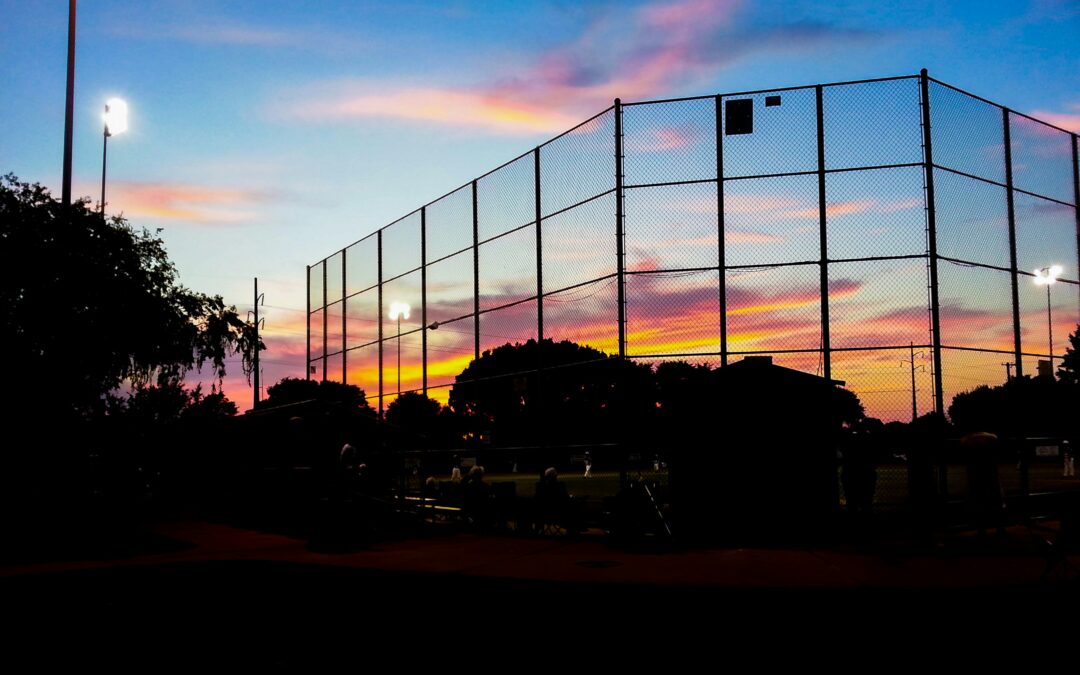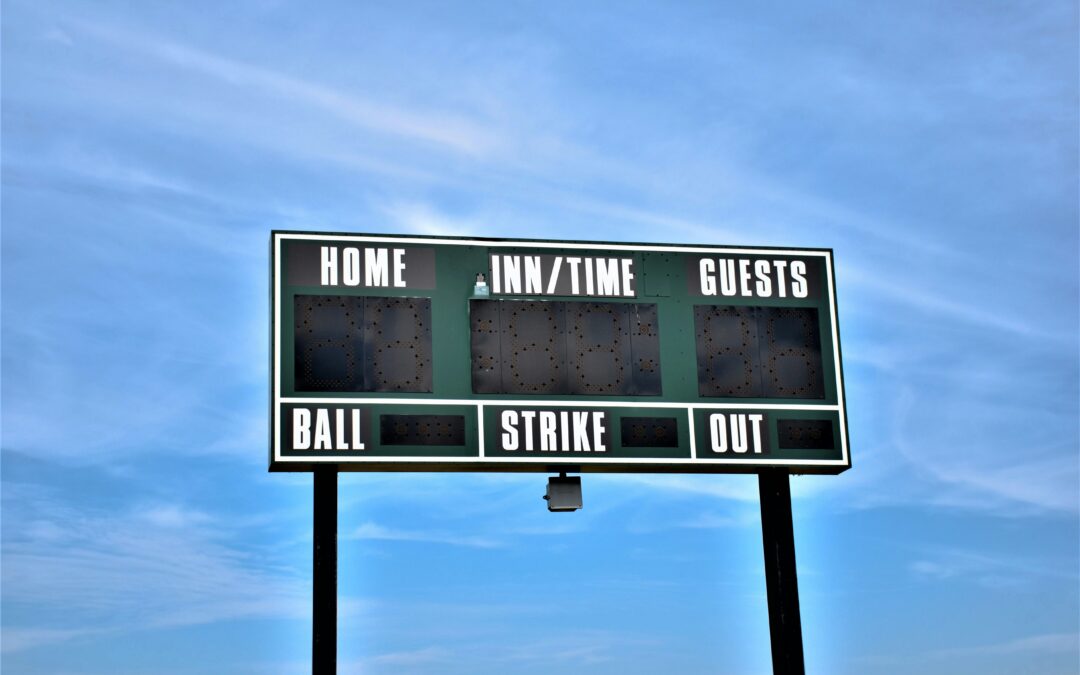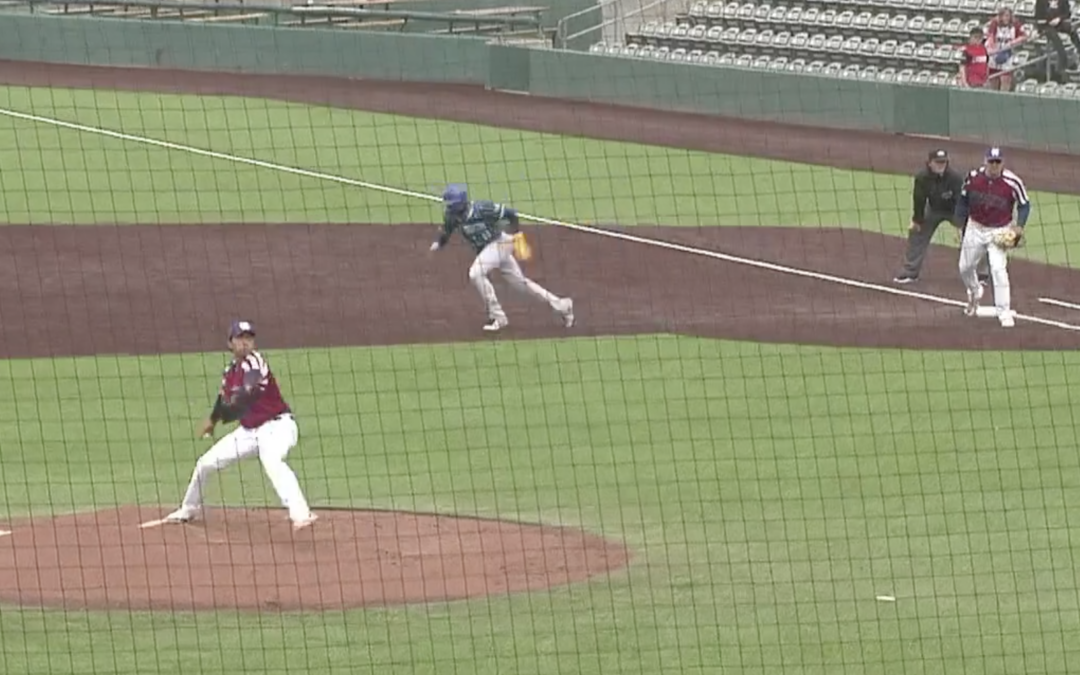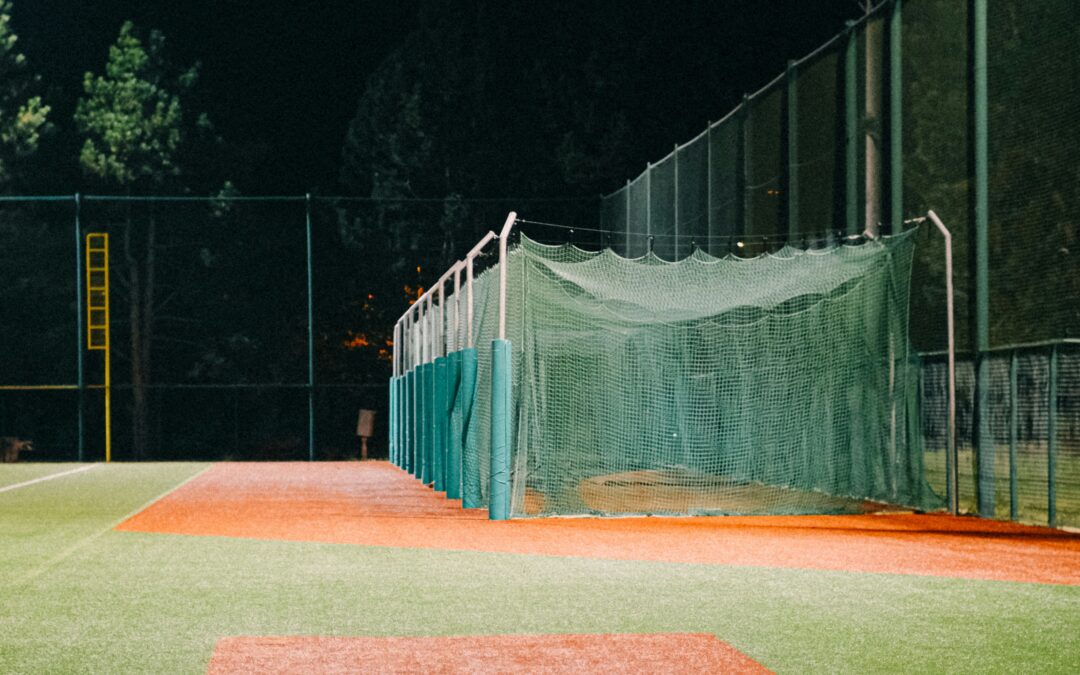On the evening of Tuesday, March 25 residents in the Lake Country area were able to spot the Northern Lights shining over their homes. Around 10 p.m. that evening, the lights began to appear, where they were visible to onlookers with the naked eye. Typically, the Northern Lights can be hard to spot in southern areas of Wisconsin. However, their visibility was higher than usual, leading to some scenic views. The lights may be visible again throughout Waukesha County on Thursday, March 27, due to favorable solar conditions.
Some locals complained that they were unable to view the lights from their homes. Those with the highest likelihood of spotting the phenomenon are usually in more remote areas. Less densely populated areas have a greater chance of spotting the lights, as they do not experience the same amounts of light pollution which dim the light’s visibility. Residents in southern Merton and near Oconomowoc’s downtown area reporting having the most difficult time viewing the lights. Other residents in Summit and Delafield claimed that they had high rates of visibility.
Some have speculated that the Northern Lights may have appeared due to recent storms and fluctuating spring weather systems. The Northern Lights are produced by geomagnetic storms that occur when solar winds interact with the Earth’s magnetic field. These winds not only help produce the lights, but they also have the energy required to move the lights further south. Typically, the lights are most commonly associated with appearances further north, such as in the Upper Peninsula and Canada. The solar winds are able to direct them south to make rare appearances in areas like Waukesha County.
Those interested in viewing the lights can increase their chances by knowing some key components to their likelihood of appearing. The Northern Lights are more likely to be seen in fall, winter, and spring when periods of darkness are elongated. Clear nights with little to no cloud coverage are also important for visibility. The Northern Lights typically appear between 10 p.m. and 2 a.m. Areas with very little light pollution often have the highest chance of seeing the lights, so places like parks and near forests can be great spots to watch for them to appear.










